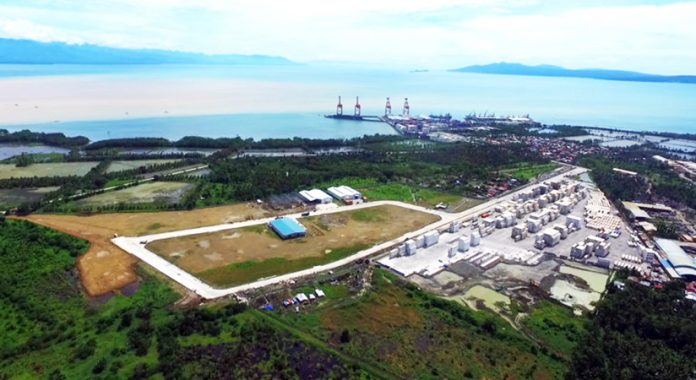THE Philippine Economic Zone Authority (PEZA) said it hopes to transform economic zones into “townships” that will become integrated centers for work, commerce, and homes, while also pursuing initiatives to make workers multi-skilled.
In a webinar on industrial market opportunities in Luzon, PEZA Director-General Charito B. Plaza said the agency’s overall goal is to make such zones the economic drivers of their respective regions, forming the core of future smart towns and digital cities across all the regions.
“PEZA’s priority project is to create different types of ecozones in every region, and to transform these ecozones into townships where industrial, commercial, and residential buildings are put as an integral part, so investors and workers can work, live, learn, and play in one area,” she said.
There are 408 operating ecozones nationwide, 74 of which focus on manufacturing. Calabarzon (Cavite, Laguna, Batangas, Rizal, and Quezon) has 35 manufacturing zones; second is Central Luzon, with 12. Ms. Plaza said these are preferred locations because of the presence of critical infrastructure, manpower, and local government unit support.
The number one demand for industrial locators is improved logistics, which are currently concentrated in the National Capital Region. The leading manufacturing sectors in the Luzon economic zones are electronics, metal, rubber, and plastic products, as well as real estate.
Real estate advisory firm PRIME Philippines expects the Cavite-Laguna-Batangas (Calaba) corridor to maintain its position as the center of production in Luzon, according to Francis Mina, head of research for the firm. It also sees North Luzon as a growing industrial hub, as well as new industrial parks being developed in Central Luzon — mostly in Pampanga.
Ongoing infrastructure projects in Luzon like the Tarlac-Pangasinan-La Union Expressway Extension, the Sangley International Airport, the Subic-Clark Railway, and the Marikina Vista Real Bridge will help address the need for infrastructure, Mr. Mina said.
Ms. Plaza said incentives need to remain competitive if the Philippines is to retain and attract locators.
“Export company investors say they’re here because the PEZA incentives compensate for the high cost of doing business in the country,” she said at the webinar. “This will change once the CREATE bill becomes a law.”
She was referring to the proposed Corporate Recovery and Tax Incentives for Enterprises Act (CREATE), which the Senate passed in late November.
Current PEZA incentives are an Income Tax Holiday (ITH) of six to eight years for a pioneer project, or four to six years for a non-pioneer one. After the ITH, a special 5% tax on gross income earned less allowable deductions is given in lieu of all national and local taxes.
The CREATE bill will cut corporate income tax to 25% from the current 30%, with further reductions of one percentage point each year starting 2023 until it falls to 20% by 2027.
The Senate version allows for small firms with assets of up to P100 million and up to P5 million in net taxable income to avail of an expedited reduction to 20% this year. The measure seeks to reform the tax system and authorizes the Fiscal Incentives Review Board to create tailored incentive schemes.
She said logistics and transportation hubs, public works, and infrastructure are needed to make the country self-reliant, self-sustaining, and resource-generating.
“PEZA’s worldview is to think global, act local. We want to eradicate our import and consumption-driven dependency and become an export and production-driven economy,” Ms. Plaza added. — Patricia B. Mirasol

